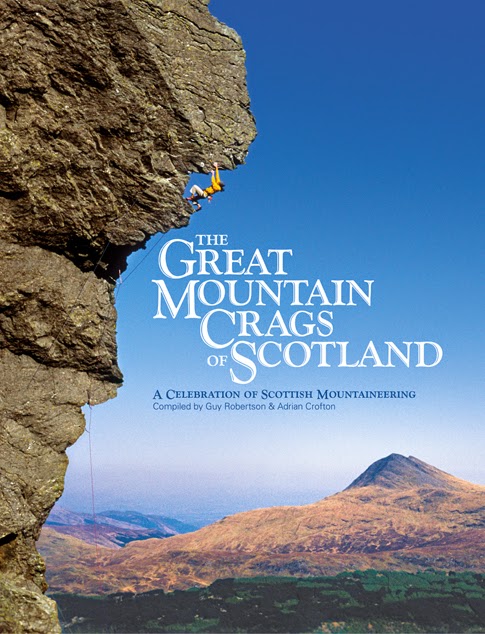Fakes and Archaeology - the Whitehill 'runes'
Sketch of fake (?) runes, Whitehill, 2011
The Whitehill 'runes' - real or fake, it matters ...
The danger with fakes, if they are done well, is that they legitimise every construct built upon them. Any archaeology, but especially one with faded logics and contexts, is susceptible to imagination.
A few years ago I found this petroglyph beside a grouping of cup and ring marks in the sandstone outcrops of Cochno Hill on the Clyde, and it recently surfaced in my memory as the nearby Cochno Stone was briefly unearthed for laser scanning, (which Ludovic Mann 'matrixed' with a grid in the 1930s to force on it his interpretation of astrological significance to the ancient markings).
The sandstone outcrops of the Kilpatrick Hills have long been known for their remarkable collections of rock art such as the said Cochno Stone, Whitehill, Craigmaddie, Auchentorlie (Greenland Quarry), but the Clyde is also no stranger to fakery and the persistence of human mischief - witness the fiasco of the Dumbuck Crannog. This vanity project was riddled with fakes buried and unearthed to draw attention to the amateur archaeologist William Donnelly. Alex Hale wrote a great book on the Dumbuck Crannog excavations and the controversy of the fakes.
The provenance of these markings is seductive next to more ancient cup and ring designs, as the 'letters' inscribed suggest an alphabetic rune system, though they do tend to too closely resemble modern English letters with the extra crosses and tails. Two 'letters' - a name perhaps? Which way up do we look at them? Who did this, when? Why? It's impossible to tell, there are no known similar markings nearby, no Rosetta Stone, and quite possibly more reasons to believe it is a fake than believe it is contemporary with the cup-marks (chiselled lines suggest metal, rather than hardstone-pecked circles and grooves). Considering the Donnelly affair at Dumbuck Crannog nearby, my suspicions were aroused.
But this is a topical issue with the recent trend in 'fake news' for political gain. The danger of a fake is that it becomes a cuckoo discourse, and builds its house from bricks of speculation and the desire for bias to be confirmed. Foucault, in his Archaeology of Knowledge (Tavistock, 1972, p.149), addresses this issue at a more foundational level (I will try not to mention Religion here!):
'The history of ideas usually credits the discourse that it analyses with coherence. If it happens to notice an irregularity in the use of words, several incompatible propositions, a set of meanings that do not adjust to one another, concepts that cannot be systematized together, then it regards it as its duty to find, at a deeper level, a principle of cohesion that organizes the discourse and restores to it its hidden unity.'
In Archaeology, fakes can create coherence as much as suppositions of unity based on isolated and 'genuine' material items.
The question is, how do you tell the difference between a material fake and the fake in one's discourse (the tendency to believe what one wants to see)? A topical subject everywhere... the Guardian did a decent guide to Fake News... (and how to spot it)




